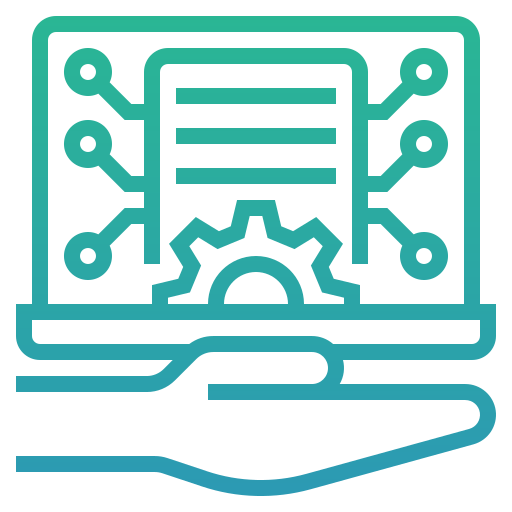Augmentation
In today’s digital era, geographical boundaries are no longer a constraint in accessing top-notch talent. With the rise of remote work, businesses can now augment their teams with skilled professionals from anywhere in the world. This is particularly true in the realm of software development, where remote developers can be just as effective, if not more so, than their in-house counterparts. In this blog, we’ll delve into why remote developers are cost-effective and can efficiently participate with development teams when properly augmented with the right skill set.
Breaking Down the Cost-Effectiveness of Remote Developers
Traditional hiring processes often involve hefty costs—recruitment fees, training expenses, infrastructural costs, employee benefits, and more. However, when you opt for remote developers, many of these costs are significantly reduced or even eliminated.
Remote developers typically come equipped with their own hardware and software tools, eradicating the need for businesses to invest in additional infrastructure. Moreover, they handle their own taxes, insurance, and benefits, further reducing the financial burden on companies.
Additionally, when you hire remote developers, you’re paying solely for the work done. There’s no need to worry about downtime or idle hours, as you would with full-time employees. You can hire remote developers on a project-by-project basis, ensuring you’re only paying for what you need, when you need it.
Enhancing Team Efficiency with the Right Skill Set
Beyond cost-effectiveness, remote developers can also enhance team efficiency, provided they’re augmented with the right skill set.
When you opt for IT staff augmentation, you’re not just hiring a developer; you’re acquiring a specific set of skills that your project requires. Need an expert in Python for a machine learning project? Or perhaps a seasoned Java developer for backend development? With IT staff augmentation, you can bring these skills into your team swiftly, without the lengthy onboarding times associated with traditional hiring.
Moreover, remote developers are used to working in a digital environment. They’re comfortable with online communication tools and know how to stay productive outside of a traditional office setting. This makes them well-equipped to integrate quickly and seamlessly into your existing workflows, enhancing overall team efficiency.
Bridging the Gap: Communication and Collaboration
One might argue that remote work could lead to communication gaps or a lack of collaboration. However, with the right practices in place, remote developers can communicate and collaborate effectively with the rest of the team.
Regular video conferences, chat applications, and project management tools can keep remote developers in the loop and foster real-time collaboration. Moreover, it’s important to involve remote developers in team meetings and decision-making processes to make them feel part of the team.
Wrapping Up
In conclusion, remote developers present a cost-effective solution for companies looking to augment their IT staff. Not only can they reduce overhead costs, but with the right skill set, they can also integrate seamlessly into teams and contribute to enhanced efficiency.
However, it’s crucial to ensure effective communication and collaboration practices are in place to maximize the benefits of remote developers. With the right approach, businesses can leverage remote developers to drive their projects forward and achieve their strategic goals more efficiently and economically.









